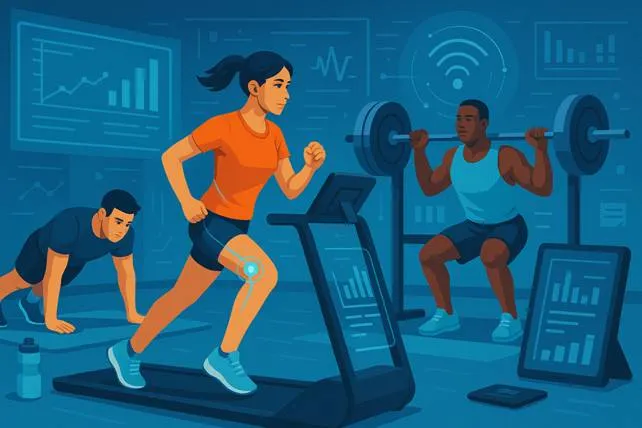Tech-Enhanced Training for Young Athletes in the Philippines
Published Jul 16, 2025 | By Admin

Digital tools have transformed sports in the Philippines. From tracking physical progress to improving decision-making, technology is now playing a role in athletes’ training. Many young athletes now grow up with devices that guide their daily training habits.
The demand for performance apps, smart gear, and virtual coaching has surged across universities and sports centres. Even the way Filipino fans engage with sports has changed. Those following their favourite leagues or placing bets often download 1xbet app or similar platforms to stay updated and involved.
This article explores how Filipino sports institutions use tech to support athlete growth. We will look at training methods, tools, and the way performance is measured in modern Philippine sports.
Training Smarter, Not Harder
Modern training in the Philippines combines discipline with data. Traditional drills now include motion sensors, smart wearables, and app-based feedback. These tools let coaches measure speed, strength, and endurance with accuracy. Athletes get quick updates on their form, movement, and areas needing attention.
Training apps allow remote coaching. Players receive daily workout plans based on their body data. For example, heart rate, calorie use, and muscle strain are tracked during each session. This way, Filipino athletes train within safe limits while building long-term stamina.
Professional teams in Manila and Cebu now work closely with fitness tech providers. These partnerships bring cutting-edge gear to local players. The Philippine Sports Commission also supports digitised programmes that promote safe training for amateur and semi-pro athletes.
The Rise of Performance Analytics
Data has become a vital part of Filipino sports planning. It is no longer enough to train hard - athletes must train smart. Match footage, wearable devices, and game simulations help analyse tactics and responses. Coaches now rely on performance data before adjusting player roles or routines.
Some platforms offer AI-based suggestions for game preparation. These apps break down a player's movement patterns, fatigue levels, and decision-making speed. This tech-based insight builds mental sharpness and game IQ, especially in sports like basketball and volleyball.
Sports scientists also track nutrition, hydration, and sleep. These factors, once overlooked, now help in injury prevention and energy balance. With improved monitoring, athletes can maintain peak condition throughout the season. For those seeking more details, you can learn more here about how sports analytics are shaping global athlete performance.
National Programs and Local Clubs
Youth sports in the Philippines is more structured than before. Schools and barangay sports clubs partner with universities and NGOs to support athlete education. These groups introduce training tech at the community level.
Some national sports programmes include the following:
- Smart training kits for young athletes in public high schools
- App-based tracking for varsity players in college leagues
- Virtual fitness coaching during school breaks or remote learning seasons
- Basic injury diagnostics through mobile phone sensors
These steps help level the field for athletes outside Metro Manila. Access to quality training no longer depends only on school funds. Today, rural sports programs benefit from the same digital resources used in major cities.
Boosting Game Awareness Through Digital Learning
Coaches now use online playbooks, video reviews, and interactive whiteboards. These tools help Filipino athletes understand strategy better. Players study match footage to analyse opponents and adapt tactics.
ESports has also influenced this approach. Games like Mobile Legends and NBA 2K teach young users how to think fast, manage pressure, and work in teams. These skills cross over into real sports, especially in team-based events like football and rugby.
This digital learning format also helps athletes during injury recovery. While off the field, they can stay mentally sharp by reviewing plays and training routines. It keeps them engaged and improves return-to-play readiness.
Future Outlook
Technology in Filipino sports continues to evolve. More training centres now explore virtual reality (VR) for simulation training. This allows players to practise high-pressure moments in a safe and repeatable environment. Augmented reality (AR) tools are also in trial phases for strike accuracy in boxing and taekwondo.
Betting platforms and fan engagement tools shape public interaction with sports. Youth athletes, in turn, understand their role not just as players but as part of a wider sports economy. With greater access to training apps and online platforms, future athletes are better prepared than ever.
Digital development, if used wisely, will keep the Philippines competitive on the global sports stage. Investment in these tools will help athletes grow, compete, and stay safe through science-based guidance.






